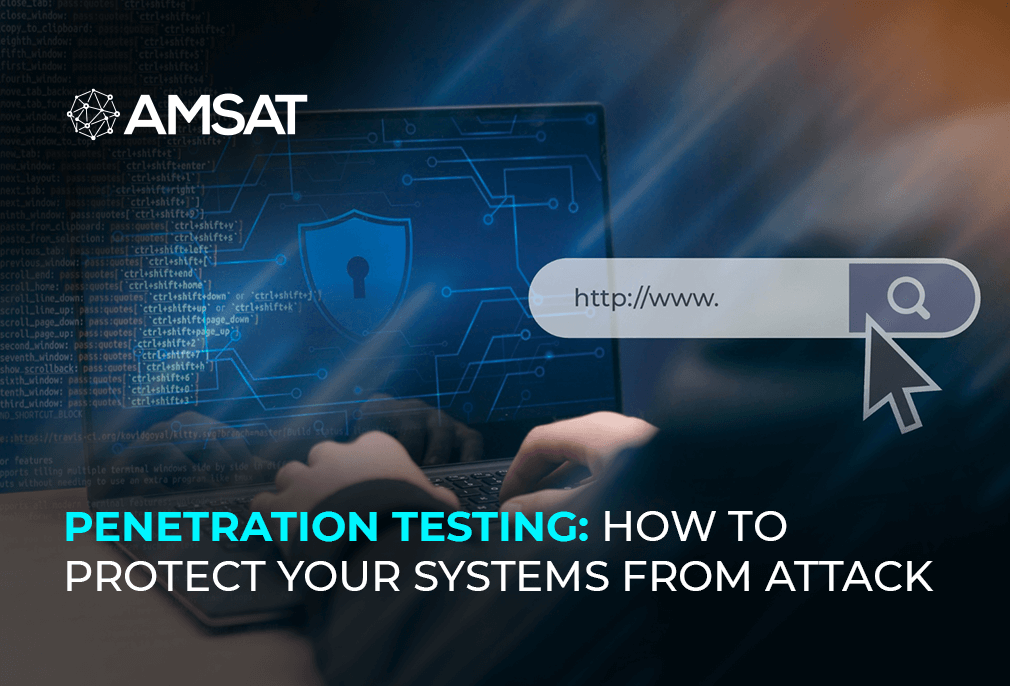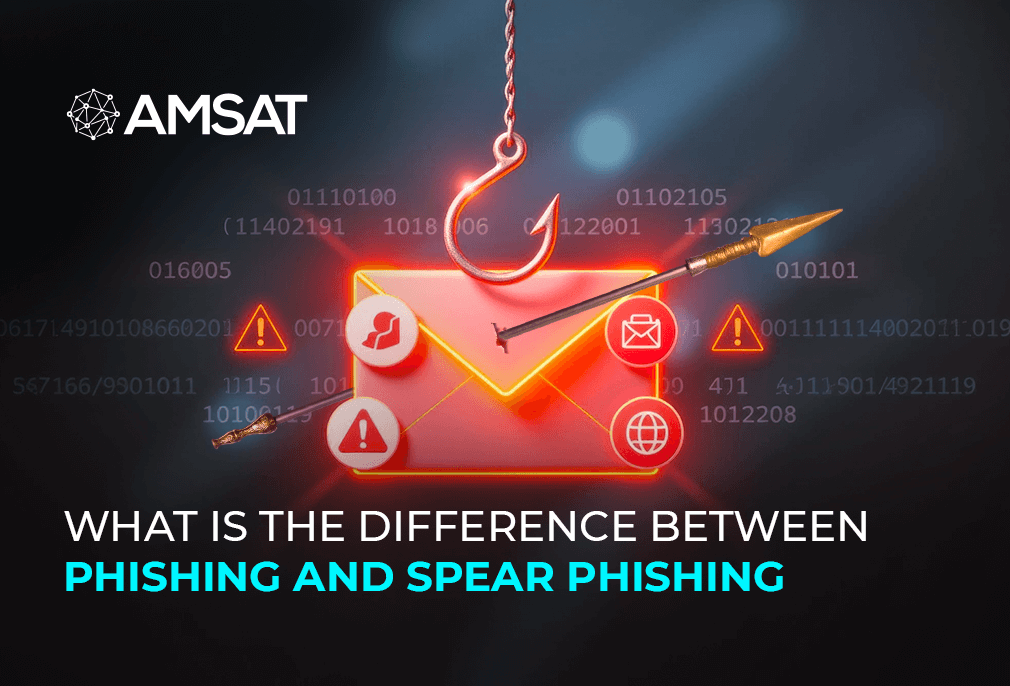Latest Blogs

By AMSAT Sep 30,2020
How Threat Intelligence Can Be Used to Prevent and Detect Fraud
Threat intelligence data is becoming increasingly crucial as cyber-threat actors launch new activities and eventually come into touch with one another. The cyber-threat landscape is continually changing.
New digital technologies are attracting enemies’ attention to this sector as digital fraud is on the rise. Criminals are becoming ever more skilled at hacking and leveraging the information from hacked accounts to access additional accounts. For instance, by 2023, it is expected that e-commerce fraud will rise by 14% and cost merchants $130 billion.
In the digital age, fraud comes in a few distinct forms. One of these is Account Takeover (ATO), in which an uninvited third party successfully accesses a user’s account credentials. Payment fraud occurs when a criminal acquires a victim’s credit or debit card number, or information about their checking account, and uses it to make an unauthorized purchase. The automatic establishment of several user accounts that are unrelated to legitimate ones or that are generated without being aware of the information of a genuine person is known as fake account registration.
How threat intelligence can be useful
When it comes to identifying and preventing digital fraud, threat intelligence is typically significantly more successful than internal security tools.
According to a recent National Security Agency (NSA) report, one way businesses can deal with this is to incorporate the cyber-threat feeds into their current security solutions
By automating procedures and giving managers the resources, they need to better prevent possible risks, cyber-threat intelligence solutions can also assist an all-around improved security position. If done correctly, combining threat analysis with data analysis using machine learning can assist security teams in quickly converting raw data into useful information regarding cyber-threats. To help organizations better comprehend the cyber dangers they are likely to face, threat information systems can combine internal and external data sources.
Threat information can help appreciate the threat landscape and provide security personnel with the intelligence context they need to act more quickly and effectively. Integrated threat information can help you remain calm in today’s always expanding danger environments, regardless of whether you are able to create your own solution or use a threat information feed.
Companies can have access to a database that details a wide variety of dangers by investing in cyber- threat intelligence. A better knowledge of cyber risks and a more efficient reaction to the threat landscape can be achieved with the proper application of cyber-threat information. This is crucial because data centers all around the world may disseminate information about cyber-threats.
How threat intelligence can be used more efficiently
Security and system administrators have the information they need to create a plan that will best safeguard their networks thanks to the intelligence of the cyber-threat. Information regarding cyber-threats may in some cases expose previously unknown threats, enabling companies to make wiser security decisions. You can strengthen your security and defence systems if they can truly handle the threat by using cyber-threat analysis.
According to the Cyber Threat Intelligence Center, security professionals should use a multi-layered threat intelligence methodology that incorporates both malware-centric and enemy-centric methodologies to improve resilience in identifying and responding to threats. Your cybersecurity system should incorporate a threat-messaging platform with the capacity to react to attacks automatically.
This can include potential dangers to an organization, in-depth profiles of the actors involved in the cyber threat, and technical compromise indicators (IoC). The majority of the time, threat data is arranged in feeds, and these data points are connected to knowledge of the threat environment, such as risks to the network, network infrastructure, or organization infrastructure.
Cybersecurity solutions gather this kind of threat information, which is then utilized to find and stop approaching and ongoing threats. After the relevant data on cyberthreats has been retrieved from the threat data, it is subjected to structured processing before being shared with the necessary stakeholders, strengthening security measures, and averting further cyberattacks. This is becoming more crucial as all staff levels are required to respond to cyber-threats.
Top fraud attack vectors as use cases
Threat intelligence has quickly turned into a must for fraud teams. It’s crucial to understand that using threat intelligence to avoid fraud calls for much more than merely alerting.
Black markets on the dark web are expanding and trading stolen bank and credit card information. Enterprises expect losing US $100bn to card-not-present (CNP) fraud between 2018 and 2023 as a result of the surge in novel and sophisticated fraud strategies.
Account takeover
In the case of account takeover (ATO), criminals gain illegal access to any account. User accounts from any company could be subject to ATO. The primary objectives are often validated and active accounts. The major causes of ATOs could be the financial situation, money laundering, or prospective account credentials sales. The number of attempts to steal from consumers and online retailers through account takeover theft rose by 282% between Q2 2019 and Q2 2020. Businesses report higher fraud losses in the amount of 57% when accounts are opened or taken over.
Fake account registration
Five out of every ten account registrations are fake. In 2019, Facebook removed almost 2 billion phoney accounts. In the first half of 2019, 21.6 million phony LinkedIn accounts were either deleted or prohibited.
As intrusion techniques advance, it is increasingly difficult to detect fake account attempts. Advanced fake account formation attacks are very common and make use of forged or stolen identification. These attacks are carried out in brief bursts or over extended periods, making it challenging to detect and stop them on your own with conventional security measures.\
Misuse of loyalty
As significant as payment fraud and ATO, loyalty misuse goes often unrecognized or unchecked. The risks associated with running different customer loyalty programs are routinely disregarded, which exposes the organization’s fraud and risk management to failure. Losses resulting from loyalty abuse are frequently less obvious and can go unnoticed for a long time before a true reconciliation occurs.
TAGS
- Cyber Crime
- Security Updates
Recent Blogs
Ready to Get Started?
Our specialists are ready to tailor our security service solutions to fit the needs of your organization.









